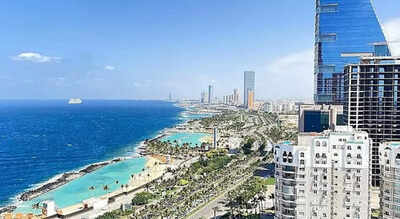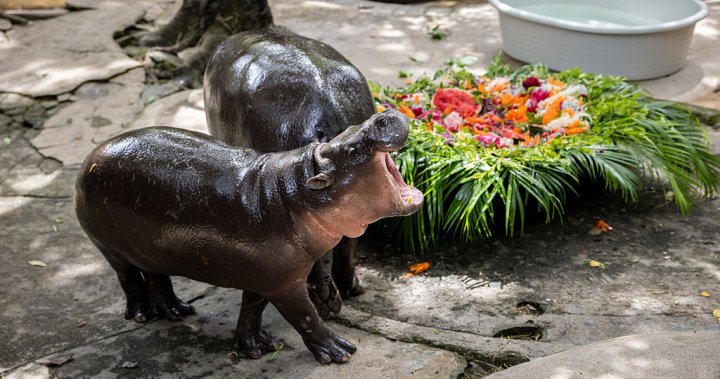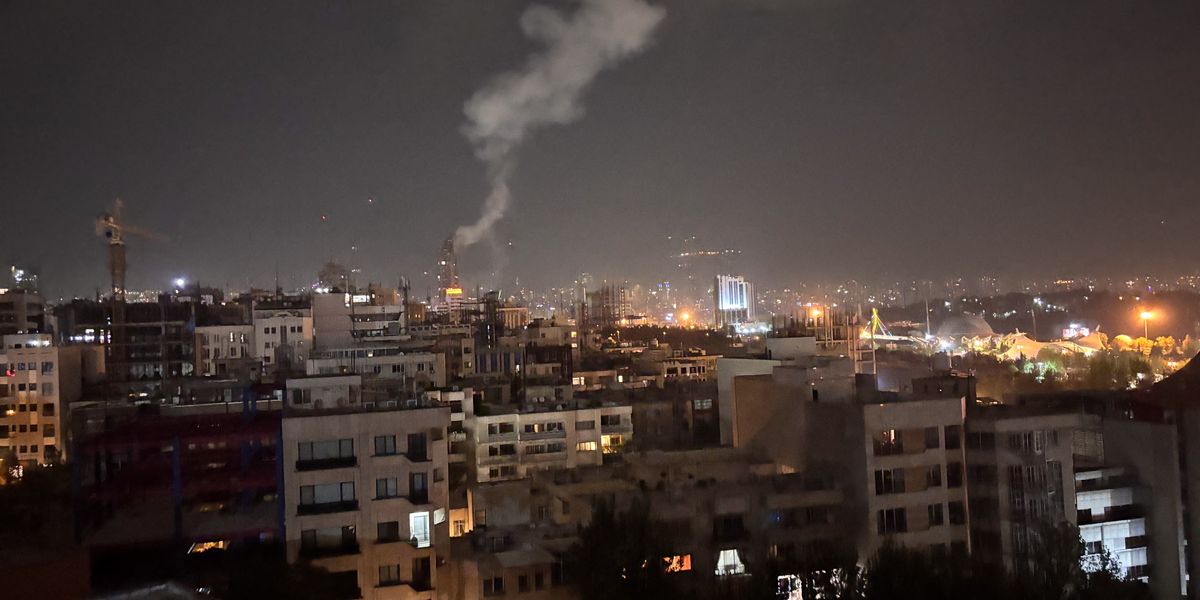
Saudi travellers are embracing new destinations and digital booking trends as tourism becomes a core pillar of the Kingdom’s Vision 2030 transformation/Image: Wikipedia
TL;DR: Saudis are travelling more within the Kingdom and beyond, with digital-first behaviour and flexible travel habits gaining ground. This rise reflects not just seasonal patterns, but deeper economic shifts tied to tourism reforms under Vision 2030.Luxury remains popular, but alternative lodging and mixed-carrier bookings suggest evolving preferences. Riyadh’s investment in infrastructure, heritage, and global branding is positioning the Kingdom as a top-tier destination.
Saudis Are Booking More and Differently
A recent Almosafer report shows that travel bookings by Saudi residents rose across the board during the first quarter of 2025. People are not just flying more, they’re choosing new destinations, more flexible airline options, and a broader mix of accommodations. Solo travel continues to lead, but families and group travellers are also increasingly active, especially within the region. Destinations like Dubai, Doha, London, and Paris remain favourites, while places like Milan, Prague, and Bangkok are gaining traction. In domestic travel, cultural hubs like AlUla, Diriyah, and Abha are being rediscovered not just for leisure, but for heritage and wellness tourism.
Digital and Flexible Travel Gains Ground
Saudi travellers today are making faster decisions, often via apps. A large share of bookings is now done through smartphones, with flexible payment options like Buy Now Pay Later and Apple Pay becoming increasingly common. Mixed-carrier round trips, where travellers combine full-service and budget airlines are on the rise.
Meanwhile, luxury hotels still dominate, but there's a growing comfort with serviced apartments, short-term rentals, and mid-range properties, especially for international trips. This behavioural shift signals a more seasoned, value-conscious Saudi traveller; one that blends comfort with flexibility.
How Vision 2030 Is Powering the Shift
Saudi Arabia’s travel momentum isn’t a coincidence, it’s the outcome of sustained investment under Vision 2030, the Kingdom’s ambitious reform plan to diversify its economy and reduce dependence on oil. The strategy puts tourism front and centre. Landmark projects like NEOM, the Red Sea Global, Amaala, and Diriyah Gate are not just urban developments, they are lifestyle brands designed to attract millions of tourists annually. Key pillars of this tourism revival include:
- Cultural revival: Restoration of ancient sites like AlUla and Diriyah is reshaping Saudi Arabia’s image from closed desert to cultural crossroads.
- Relaxed visa rules: New eVisa systems, expanded tourist categories, and multi-entry options have made access easier than ever.
- Transport infrastructure: Massive upgrades at Riyadh, Jeddah, and Dammam airports are enabling greater travel volumes with global reach.
- Global events strategy: From Formula E and LIV Golf to international expos and concerts, Saudi Arabia is becoming a year-round events destination.
Vision 2030 has reframed tourism as a long-term growth engine, with goals of attracting over 100 million tourists annually and creating one million new tourism jobs in the coming years.
Why This Rise in Travel Demand Really Matters
The increase in travel bookings during early 2025 is more than just a seasonal trend. It represents a critical turning point in Saudi Arabia’s socio-economic transformation. Travel demand is often a bellwether of middle-class growth, consumer confidence, and the diversification of leisure habits and all of which are central to Vision 2030's success. The growth also supports multiple adjacent industries, such as aviation, hospitality, food services, entertainment, and retail.
As Saudi residents explore more local destinations, they contribute to job creation in underdeveloped regions and help balance growth beyond the traditional economic centres of Riyadh and Jeddah. Additionally, outbound travel increases the exposure of Saudi citizens to global cultures and services, potentially creating feedback loops that raise expectations for domestic offerings and service standards.
This dynamic could spur more competition and innovation within the Kingdom’s own tourism sector.
A Look at What Comes Next
- With more infrastructure coming online and mega-projects like Amaala, AlUla expansion, and Riyadh Air set to launch full operations in the coming years, Saudi Arabia is positioning itself as both a source market and a destination for global travellers.
- Tourism is no longer seen as a complementary industry in the Kingdom. It is becoming a driver of sustainable economic growth, cultural exchange, and national branding.
- The challenge ahead lies in maintaining this upward momentum while ensuring quality, sustainability, and regional equity in how tourism benefits are distributed.
Saudi Arabia’s early 2025 travel boom is not just about where people are going, instead it is about where the country itself is heading. Backed by digital convenience, rising affluence, and state-led ambition, the Kingdom is reshaping its place on the global tourism map. The real journey, it seems, is only just beginning.

 6 hours ago
2
6 hours ago
2










 English (US) ·
English (US) ·